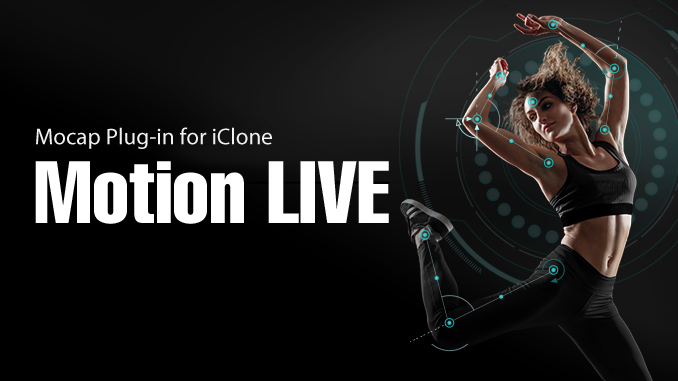

So that was my bias upon exploring these different techniques, however, I tried to remain neutral in my critiques of each feature.

Working within an extensive self-teaching model, I have watched numerous tutorials on all the featured mentioned below and by and large, the LiveFace plug-in (mocap feature which uses Apple's TrueDepth Camera) came most recommended. First and foremost, I want to mention that I harbored a few biases going into this assignment. As someone who is, so far, working exclusively in iClone 7, I decided to document my trial and errors with a few of their facial animation techniques (whether manual features or motion capture plug-ins available as an iClone pipeline feature).


 0 kommentar(er)
0 kommentar(er)
